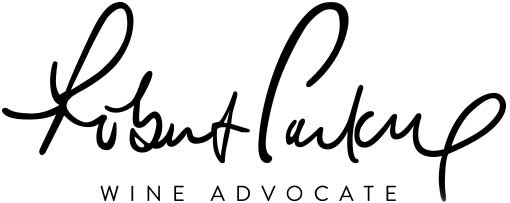Katalog über:
Monte Bello
-- Katalog: -- Ridge Vineyards 2013 Monte Bello Vintage Report: Winter began with unusual intensity as heavy rains saturated the ground in December. By all appearances, it seemed 2012's drought had ended, and that it would be a rough winter. Yet as the new year began, the rains abruptly ended. Dry weather persisted through summer and fall, and February's spring-like weather brought the vines out of dormancy; bloom was early. Unusually fierce May winds struck the middle- and upper-elevation merlot parcels particularly hard, reducing yields. Later-ripening cabernet sauvignon, franc, and petit verdot flowered during favorable weather, and yields were normal. Summer fog was minimal, allowing faster heat accumulation at Monte Bello than at our 'warmer' Sonoma vineyards. For the second year in a row, Monte Bello exceeded Lytton Springs and Geyserville in growing degree days. The pace of the 2013 harvest was similar to 2012. Chardonnay and the Bordeaux varietals ripened before most zinfandel vineyards, filling the winery from mid-September through early October. A break in picking came on September 22, when a low-pressure system swept northern California, bringing a modest amount of rain. It did not damage the fruit. If anything, it helped the water-starved vines by setting sugars back: the grapes could remain on the vine longer, for greater development of color and flavor, and riper tannins. As vintages go, though logistics of tank capacity were a challenge, 2013 went amazingly well. All blocks were picked at ideal ripeness. Never once did we delay harvesting a parcel for lack of a free fermentor. Mostly, this was because vigorous natural yeasts started the fermentations quickly. The more-thorough, aerated pump-overs could start sooner, achieving full extraction by the sixth day. Tanks could be emptied into the press, washed, and refilled with incoming grapes to keep up with the pace of harvest. With berry size considerably smaller than typical, the careful extraction we achieved in each tank yielded incredibly dark wine, but, unfortunately, less quantity per ton. Natural malolactic fermentations began in warmed secondary holding tanks. When they were a quarter to a third complete, the wines were transferred, with their lees, to new barrels to finish; they have remained on their lees since then. We will begin the assemblage process in late January. The twenty-four lots traditionally considered classic Monte Bello will be blind-tasted. Six Estate parcels will also be included, since their water-stressed vines produced wines of strong Monte Bello character. Much as in 2012, all four varietals produced distinctive wines. The 2013 Monte Bello will likely contain all four, with cabernet sauvignon dominant at 60-65%, merlot at 18-20%, petit verdot adding 9-11%, and cabernet franc rounding out the final 6-8%. We have tracked the individual components in the cellar, tasting frequently to assess quality. At this early stage, the wines are reminiscent of the 2002 and 2005 vintages. They show intense black fruit, moderate-to-firm acid, and beautifully balanced tannins. This will be another great vintage to collect, and lay down for many decades. Eric Baugher (January 2014)







